May 19, 2024 | 10:46 GMT +7
May 19, 2024 | 10:46 GMT +7
Hotline: 0913.378.918
May 19, 2024 | 10:46 GMT +7
Hotline: 0913.378.918
Glacial-interglacial cycles strongly impact patterns of climate change in many parts of the world, and were also assumed to regulate environmental changes in Africa during the critical period of human evolution over the last ~1 million years. The ecosystem changes driven by these glacial cycles are thought to have stimulated the evolution and dispersal of early humans.

A paper published in Proceedings of the National Academy of Sciences of the United States of America (PNAS) this week challenges this view. Dr. Kaboth-Bahr and an international group of multidisciplinary collaborators identified ancient El Niño-like weather patterns as the drivers of major climate changes in Africa. This allowed the group to re-evaluate the existing climatic framework of human evolution.
Dr. Kaboth-Bahr and her colleagues integrated 11 climate archives from all across Africa covering the past 620 thousand years to generate a comprehensive spatial picture of when and where wet or dry conditions prevailed over the continent. “We were surprised to find a distinct climatic east-west ‘seesaw’ very akin to the pattern produced by the weather phenomena of El Niño, that today profoundly influences precipitation distribution in Africa,” explains Dr. Kaboth-Bahr, who led the study.

The alkaline Nakuru Lake in Kenya is rich in the cyanobacterium Spirulina platensis, the basic food of the Lesser Flamingo. However, due to increasing rainfall in the region in recent years, the bacterium and with it the flamingos are disappearing. Credit: Prof. Martin Trauth, University of Potsdam
The authors infer that the effects of the tropical Pacific Ocean on the so-called “Walker Circulation” — a belt of convection cells along the equator that impact the rainfall and aridity of the tropics — were the prime driver of this climate seesaw. The data clearly shows that the wet and dry regions shifted between the east and west of the African continent on timescales of approximately 100,000 years, with each of the climatic shifts being accompanied by major turnovers in flora and mammal fauna.
“This alternation between dry and wet periods appeared to have governed the dispersion and evolution of vegetation as well as mammals in eastern and western Africa,” explains Dr. Kaboth-Bahr. “The resultant environmental patchwork was likely to have been a critical component of human evolution and early demography as well.”
The scientists are keen to point that although climate change was certainly not the sole factor driving early human evolution, the new study nevertheless provides a novel perspective on the tight link between environmental fluctuations and the origin of our early ancestors.
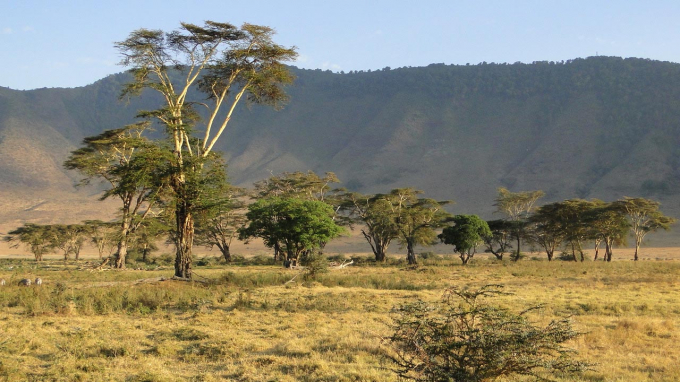
The Ngorongoro on the edge of the Serengeti in Tanzania is home to abundant wildlife. Climate change, however, leads to dramatic water scarcity, vegetation changes, loss of biodiversity and recurring diseases that threaten the fragile ecosystem. Credit: Prof. Martin Trauth, University of Potsdam
“We see many species of pan-African mammals whose distributions match the patterns we identify, and whose evolutionary history seems to articulate with the wet-dry oscillations between eastern and western Africa,” adds Dr. Eleanor Scerri, one of the co-authors and an evolutionary archaeologist at the Max Planck Institute for the Science of Human History in Germany. “These animals preserve the signals of the environments that humans evolved in, and it seems likely that our human ancestors may have been similarly subdivided across Africa as they were subject to the same environmental pressures.”
The scientists’ work suggests that a seesaw-like pattern of rainfall alternating between eastern and western Africa probably had the effect of creating critically important ecotonal regions — the buffer zones between different ecological zones, such as grassland and forest.

Today a saline mudflat, the Chew Bahir Basin in southern Ethiopia once held an extensive paleo-lake during humid phases. Scientific deep drilling from the current playa surface produced a ~620,000-year long sedimentary record providing insights into the intense shifts of eastern Africa’s highly variable hydroclimate. Credit: Annett Jungiger, University of Tübingen
“Ecotones provided diverse, resource-rich, and stable environmental settings thought to have been important to early modern humans,” adds Dr. Kaboth-Bahr. “They certainly seem to have been important to other faunal communities.”
To the scientists, this suggests that Africa’s interior regions may have been critically important for fostering long-term population continuity. “We see the archaeological signatures of early members of our species all across Africa,” says Dr. Scerri, “but innovations come and go and are often re-invented, suggesting that our deep population history saw a constant saw-tooth like pattern of local population growth and collapse. Ecotonal regions may have provided areas for longer term population continuity, ensuring that the larger human population kept going, even if local populations often went extinct.”
“Re-evaluating these patterns of stasis, change, and extinction through a new climatic framework will yield new insights into the deep human past,” says Dr. Kaboth Bahr. “This does not mean that people were helpless in the face of climatic changes, but shifting habitat availability would certainly have impacted patterns of demography, and ultimately the genetic exchanges that underpin human evolution.”
(Scitechdaily)

(VAN) The upcoming U.S. soybean harvest is expected to approach record levels, but exporters had sold practically none of it as of last week, a typical time when new-crop sales may start to roll in.

(VAN) Edible oil droplets trap bugs without the harm to people and wildlife that synthetic pesticides can cause.

(VAN) The Silks Hotel Group – Taiwan’s largest publicly-listed hotel group – has announced a cage-free sourcing policy.
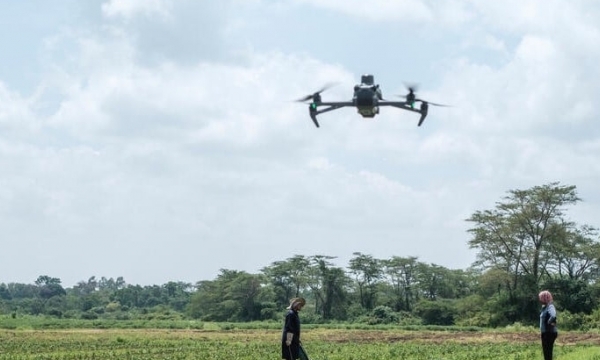
(VAN) Director-General QU Dongyu spoke at the Business Federation of the G7 in Rome
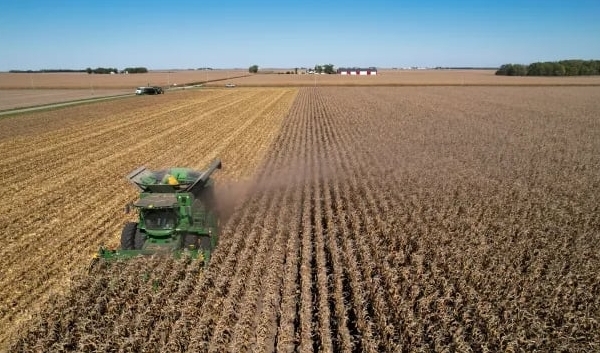
(VAN) Pharmaceutical, manufacturing and big agriculture interests have spent more than $400 million lobbying Congress on a new farm bill, a new report has found.
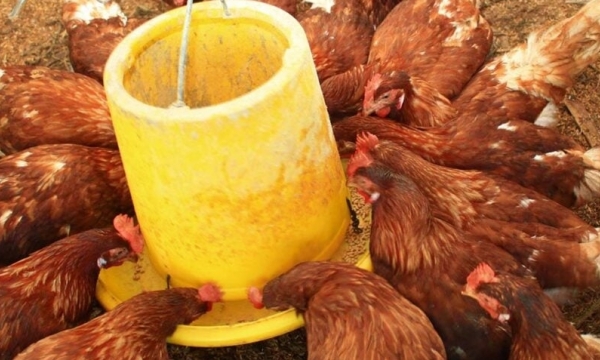
(VAN) RSPCA Assured has further extended its current pause on the introduction of new standards for laying hens, pausing its rollout for 9 months.
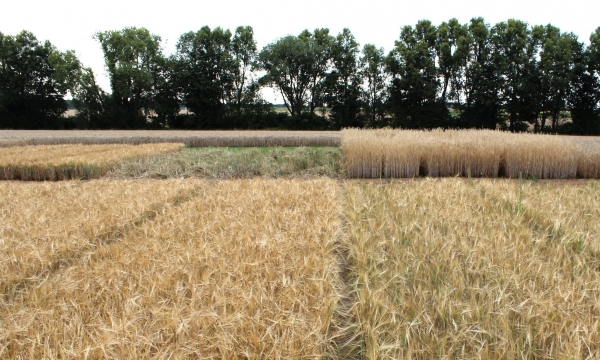
(VAN) Plants adapt genetically over time to the special conditions of organic farming. This has been demonstrated in a long-term study conducted at the University of Bonn.